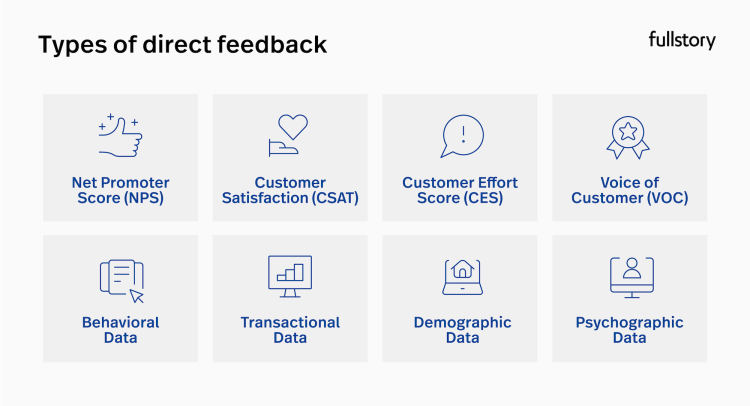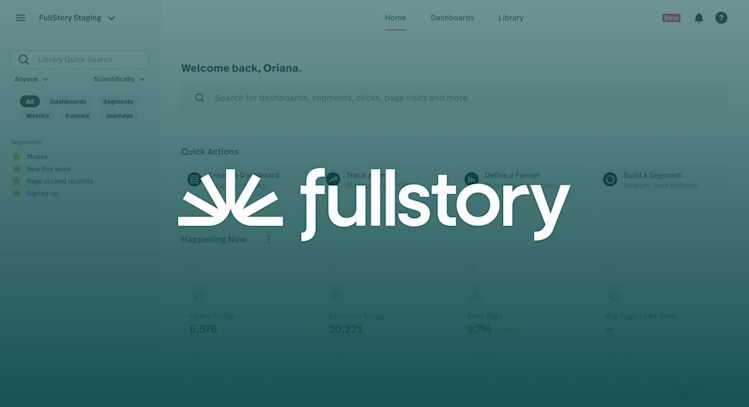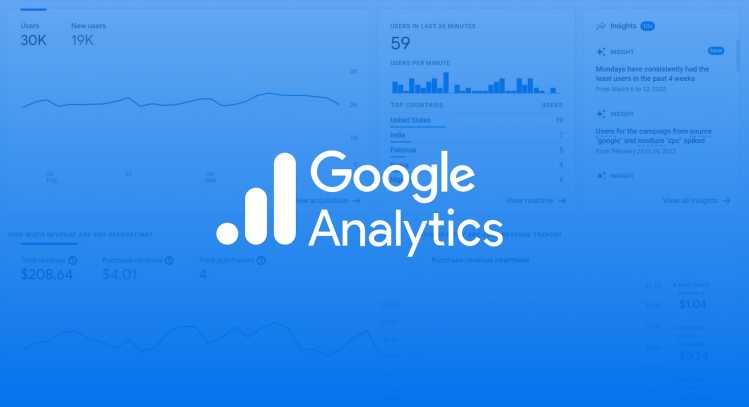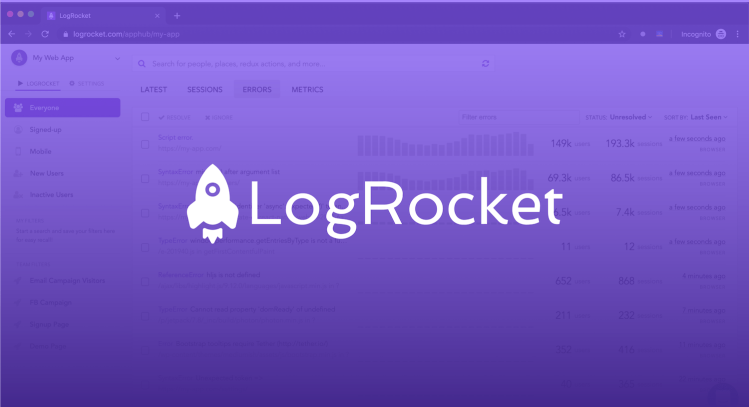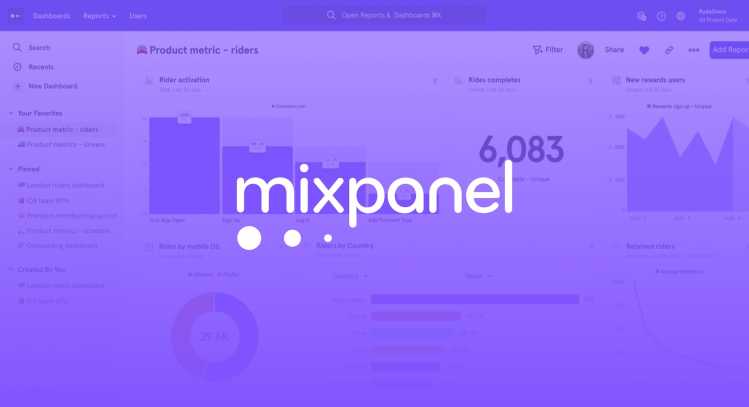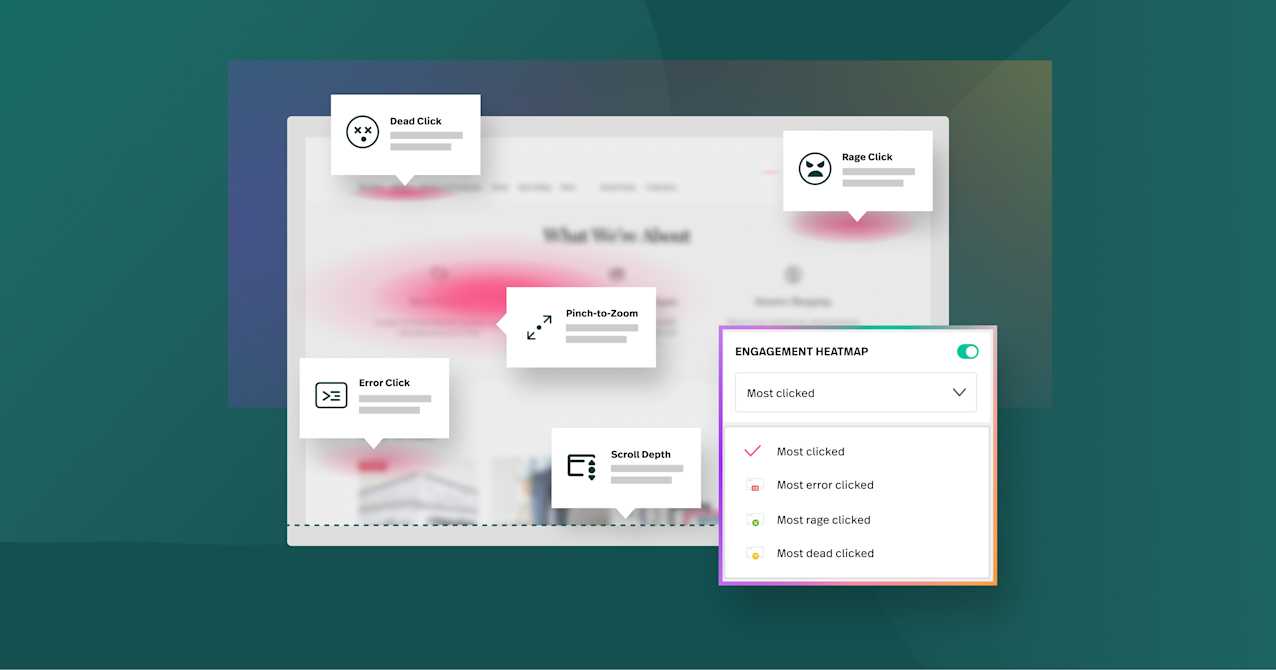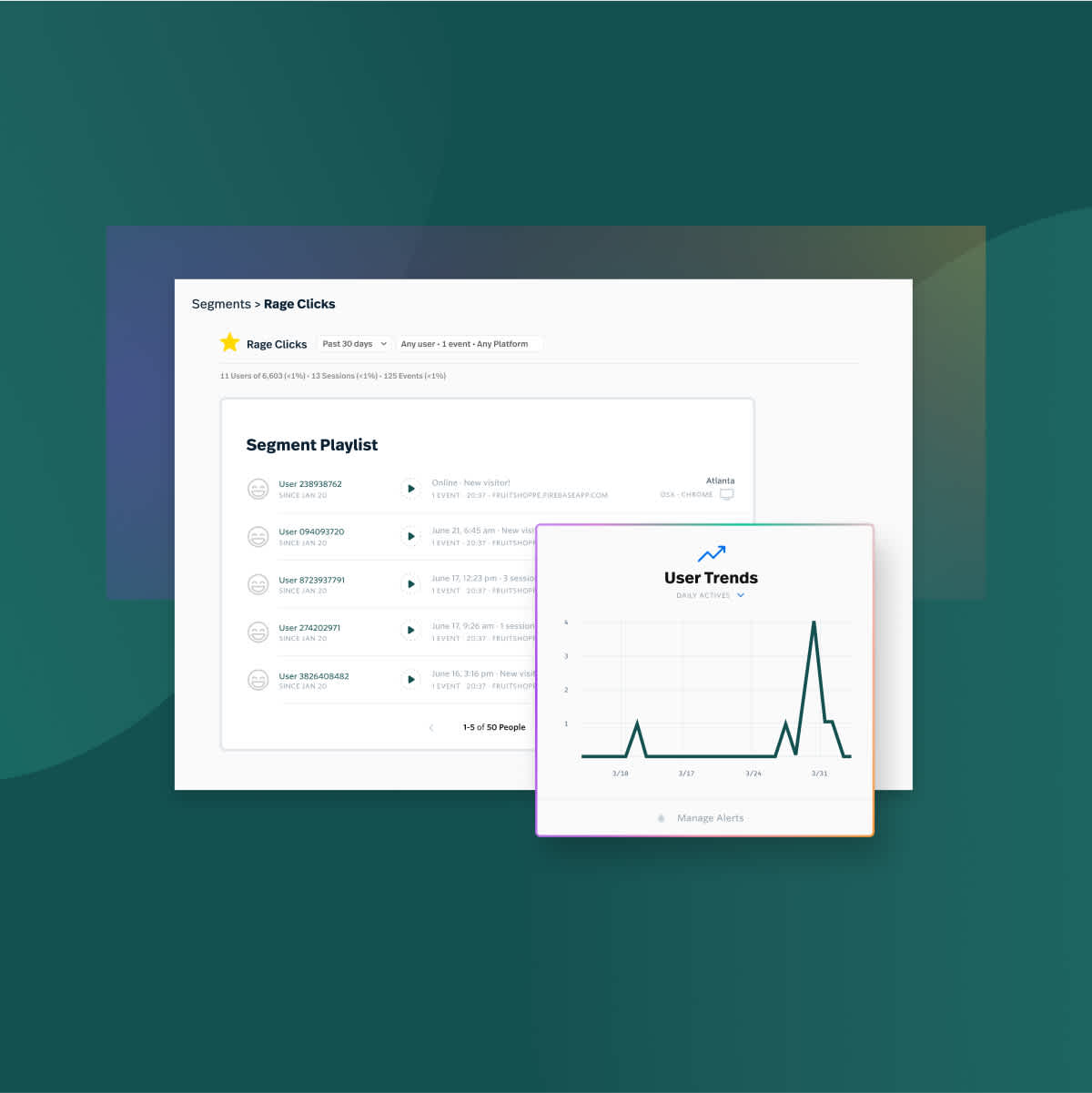What is customer experience analytics?
Customer experience analytics is the process of studying and understanding how customers interact with a business at different stages. It uses advanced technologies like machine learning and data mining to collect and analyze customer data, like their actions, preferences, and feedback.
By uncovering hidden patterns and predicting future behaviors, businesses can personalize and improve customer experience.
What data does customer analytics use?
Customer experience analytics involves an extensive array of data types to provide a comprehensive view of customer interactions, behaviors, and satisfaction. This data is often collected from various channels and touchpoints within a business, such as websites, mobile apps, social media platforms, customer service interactions, and in-store visits.
Here's a closer look at the data typically used in customer experience analytics:
Direct feedback
This type of data is solicited directly from the customers. It includes responses to surveys, reviews, complaints, suggestions, and other forms of feedback. Key CX metrics often include:
Net Promoter Score (NPS): This measures customers' willingness to recommend a company's products or services to others.
Customer Satisfaction (CSAT): CSAT assesses the degree to which a product or service has met or exceeded customer expectations.
Customer Effort Score (CES): This gauges the ease with which customers can get their issues resolved or needs met.
Voice of Customer (VOC): VOC programs aim to capture customers' expectations, preferences, and dislikes.
Behavioral data: Behavioral data refers to information about how customers interact and behave across different touchpoints. This data includes website browsing history, purchase history, social media engagement, customer service interactions, and customer sentiment analysis from these interactions.
Transactional data: Transactional data refers to information regarding customers' purchases and interactions with a company. It includes details like the frequency of purchases, timing, the amount spent, and the specific products or services bought.
Demographic data: This type of data includes basic information about the customer, such as age, gender, location, occupation, and income level.
Psychographic data: This involves more subjective characteristics of customers, such as their interests, attitudes, values, lifestyle, and personality traits.
These data types come together to form a holistic view of the customer, which is critical for analyzing and improving the overall customer experience.
What is the role of analytics in customer experience?
Analytics plays a critical role in shaping the customer experience. It empowers businesses with actionable insights to make more informed decisions and more effective strategic actions. While customer experience analytics takes a holistic view, customer journey analytics focuses on optimizing specific interactions and touchpoints.:
Understanding customer behavior — Analytics helps businesses understand how customers interact with their products, services, or platforms, enabling them to identify patterns and trends.
Segmenting customers — It aids in segmenting customers into distinct groups based on their behaviors, preferences, or demographics, facilitating targeted and personalized marketing.
Predicting customer behavior — Analytics allows businesses to anticipate customer behavior and preferences using predictive models, aiding in proactive decision-making.
Optimizing customer experience—Analytics assists businesses in streamlining their processes and improving customer satisfaction and loyalty by identifying areas of friction in the customer journey.
Generating insights for product development — The insights from analytics can inform product development, helping businesses to innovate in ways that meet customer needs and expectations.
The role of analytics in the customer experience is truly transformative. It has the tremendous power to turn raw data into collated, organized, and valuable insights that enhance customer satisfaction, foster engagement, and drive loyalty.
Why is customer experience analytics important?
Customer experience analytics is essential for businesses that want to prioritize their customers. It helps companies map their customers' journeys, allowing them to customize experiences to meet individual preferences. By analyzing customer behavior, businesses can personalize and target their offerings better.
Plus, customer experience analytics helps identify pain points in the customer journey. This enables businesses to proactively resolve issues, leading to higher customer satisfaction and less customer churn. Predictive analytics also plays a role by forecasting future customer behavior, assisting in strategic planning.
Overall, customer experience analytics is crucial for driving customer loyalty, boosting conversion rates, and fostering business growth.
How do you use customer experience analytics?
Implementing customer experience analytics in your business strategy involves a structured approach. When strategically applied, it can not only enhance customer satisfaction but drive increased business success. Take a look.
Personalize experiences
Use analytics to understand individual customer preferences, behavior, and past interactions. This knowledge allows you to tailor product experiences to each customer, improving engagement and satisfaction.
Reduce customer churn
Analytics can help identify signals of customer dissatisfaction or disengagement. By catching these early, you can take proactive steps to retain these customers, reducing churn.
Increase repurchase rates
By analyzing purchase history and customer behavior, you can identify opportunities to upsell or cross-sell, or target customers with offers relevant to their preferences, thereby boosting repurchase rates.
4 ways data can be used to improve CX
There are countless ways in which customer data can be used to boost the overall customer experience. Here are four of the biggest ways businesses can enhance CX using customer data analytics.
1. Track customer behavior
Analytics can monitor how customers interact with your business across multiple touchpoints. This can provide insights into what is working well and what needs improvement, allowing you to optimize the customer journey.
2. Design a satisfactory data-driven customer experience
Data allows you to build a more customer-focused design by understanding customers' value. By identifying and addressing pain points, you can improve customer satisfaction.
3. Create a loyal customer base
Personalization driven by accurate customer analytics can cultivate a deeper connection with your customers. Personalized experiences can increase customer satisfaction and, in turn, customer loyalty.
4. Take advantage of predictive analytics
Predictive analytics can forecast future customer behaviors and trends. This enables you to proactively adjust your strategies to meet evolving customer needs and preferences.
How to perform a customer data analysis
There are six basic steps to performing a customer data analysis, which are repeated in iterations to create more valuable insights:
1. Define your objectives
The first step is to outline what you hope to achieve with your data analysis. Are you trying to increase customer retention, improve the customer journey, or predict future customer behavior? These objectives will influence how your analysis will progress.
2. Collect customer data
Then, you’ll need to gather relevant data across various customer touchpoints, such as social media, customer feedback, transaction history, and website interactions. Ensure you comply with all relevant data privacy regulations.
3. Organize the data
The data you collect will need to be organized and collated so that it can begin to make sense. This helps structure the data into a mat that makes it easy to analyze. This may involve data cleaning and data transformation processes.
4. Analyze customer data
For the actual analysis, you’ll need to use statistical methods, predictive modeling, or even advanced AI algorithms to analyze the data. The goal is to identify patterns, trends, and insights that can inform your business strategy.
5. Create a data-driven strategy
Now, based on the insights you’ve gained from the data analysis, develop strategies to enhance customer experiences, such as personalized marketing campaigns, improved customer service, or better product recommendations.
6. Iterate
Finally, comes the iteration. You’ll need to regularly repeat this process to ensure your strategies stay relevant and effective as customer behaviors and overall market trends continue to evolve.
Customer data analytics tools
Many CX applications are available that will perform some degree of data analytics effectively. We’ve chosen a few leaders to highlight here so that you can make your customer experience improvement quest as quick and effective as possible.
Fullstory
Fullstory is a behavioral data platform that helps businesses analyze, measure, and improve their online customer experience.
Features
Some of Fullstory's most-used and powerful features include the ability to replay a session, interactive heatmaps, conversion funnels and funnel analysis, and advanced search capabilities. Fullstory even has a “rage click” detection feature that helps bring attention to areas of the customer experience that cause frustration.
Fullstory's high-fidelity session replay tool gives a true view of what your customers experience on your site.
Robust segmentation capabilities allow for targeted analysis.
It is user-friendly and provides excellent data visualization.
Google Analytics
Google Analytics is a comprehensive web analytics tool that tracks and reports website traffic. It provides valuable insights into user behavior, such as which pages are most popular, where visitors are coming from, and how long they are staying on the site. Google Analytics is widely regarded as the “gold standard” in free analytics, and it is used by businesses of all sizes to track their website performance.
Features
Google Analytics has analytics, audience segmentation, acquisition reports, behavior reports, and conversion tracking. It also allows for integration with other Google products.
LogRocket
LogRocket is a frontend application monitoring solution that allows developers to troubleshoot issues in their web applications by recording user interactions and renderings of every page. This allows developers to see what users are doing and how their application is behaving in real-time. LogRocket also provides error reporting so developers can quickly identify and fix issues.
Features
LogRocket provides session replay, performance monitoring, and error reports. It is beneficial for debugging front-end issues.
Mixpanel
Mixpanel is a user analytics platform that provides insights into user interactions with web and mobile applications. Its event tracking helps businesses understand user behavior.
Features
Mixpanel offers event tracking, funnel analysis, user segmentation, and retention analysis. However, compared to some other platforms like Fullstory, it may lack in-depth knowledge when it comes to providing a holistic understanding with a customer journey mapping tool.

